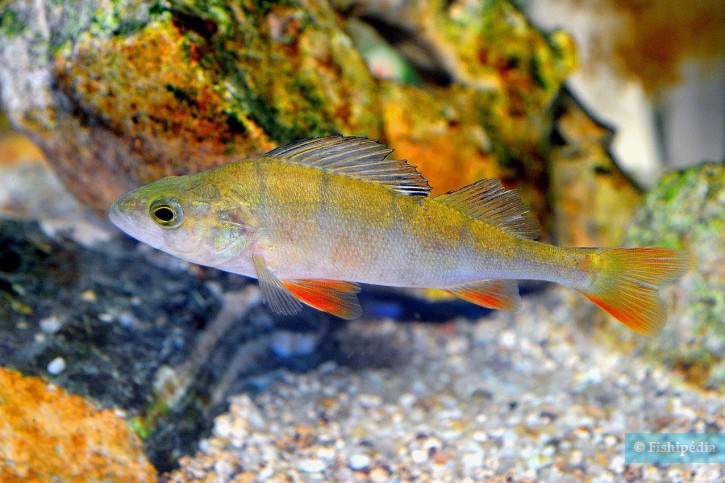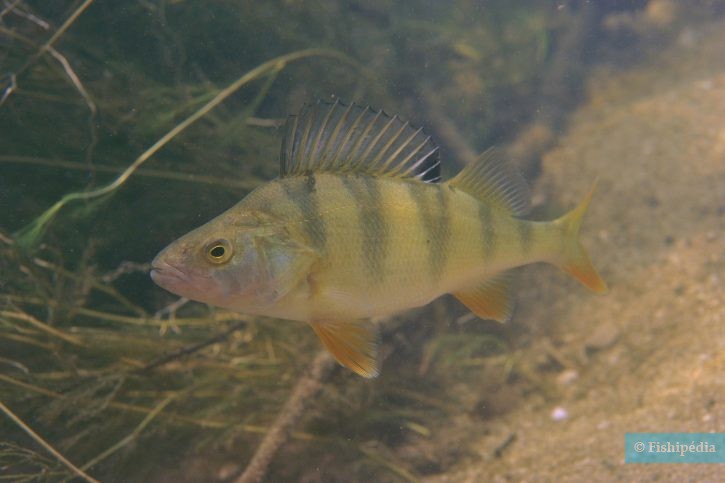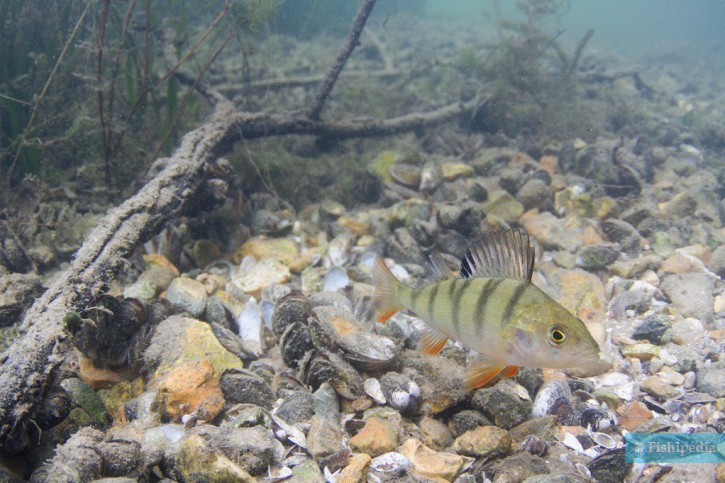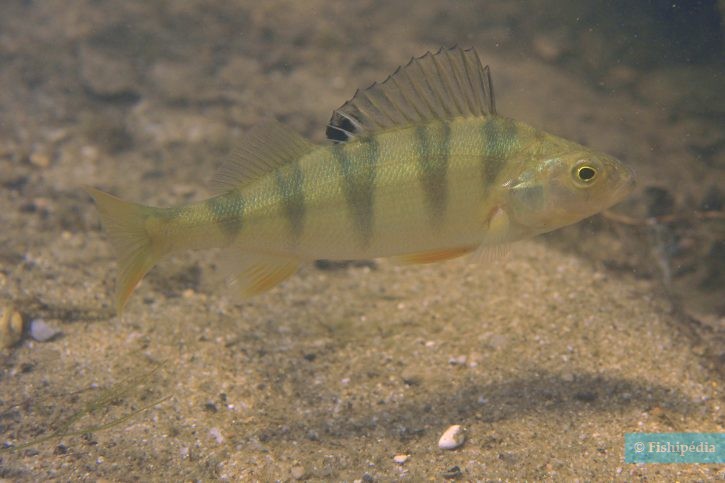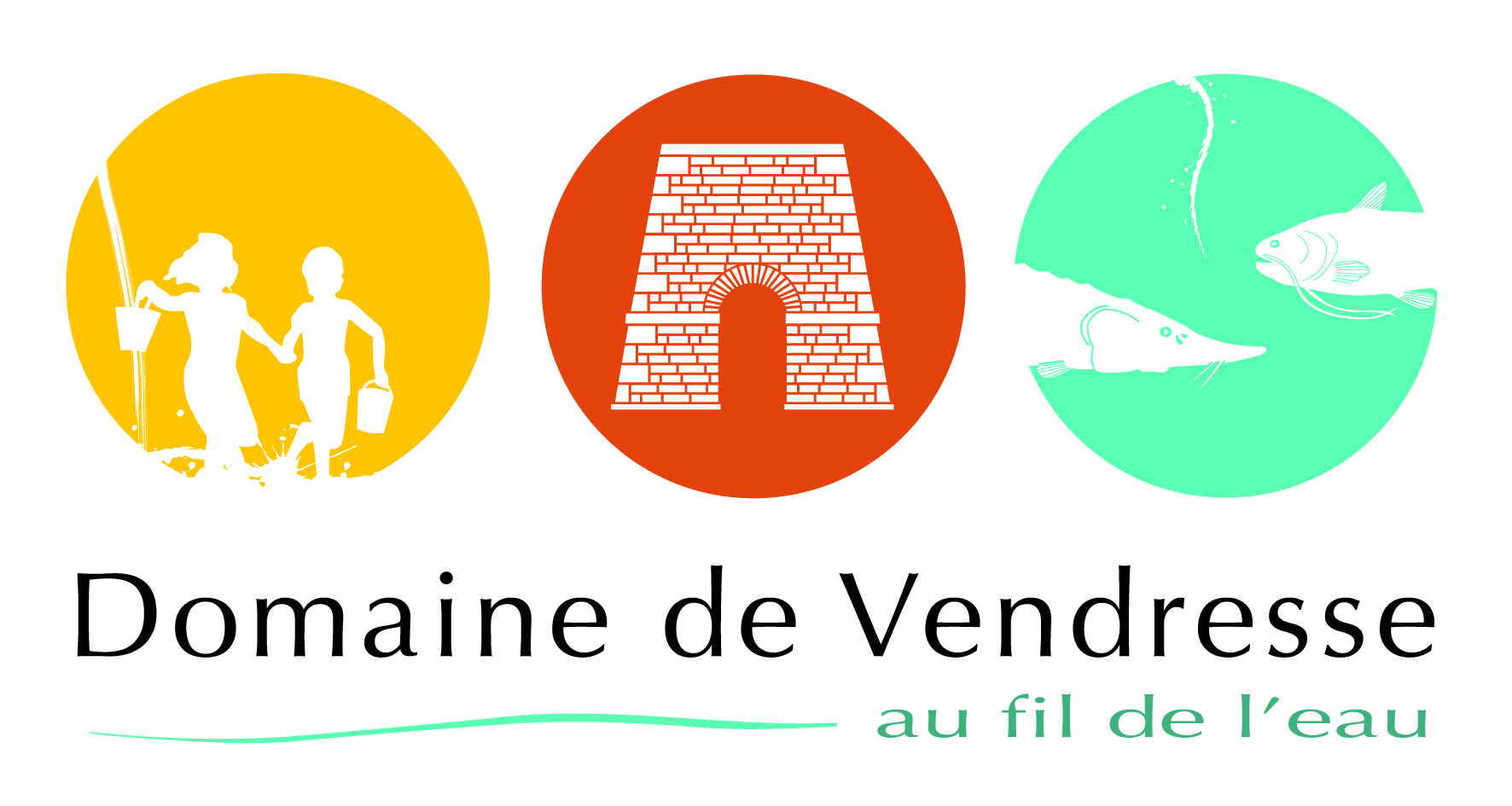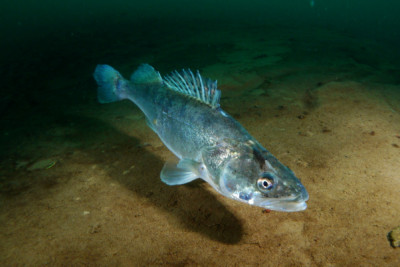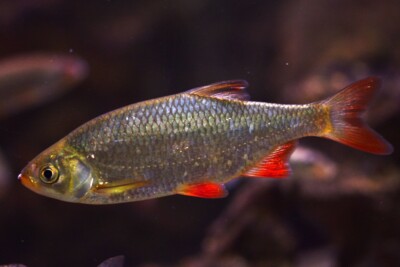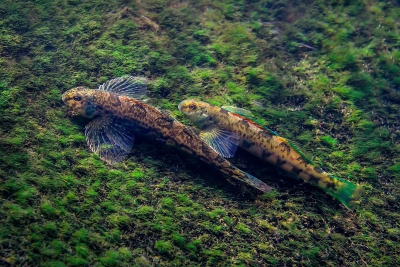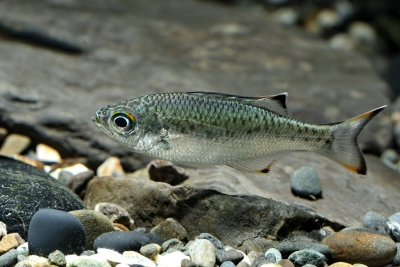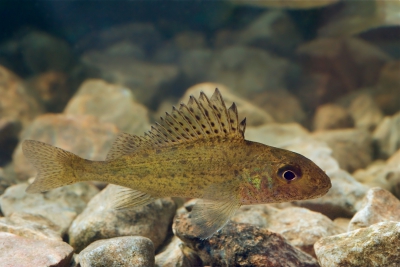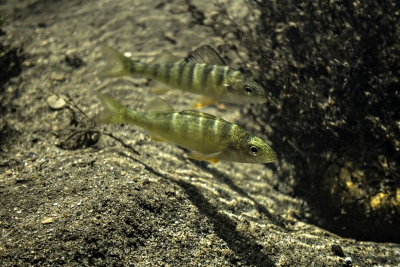european perch
| Scientific name | Perca fluviatilis |
|---|---|
| Descriptor | Linnaeus |
| Year of description | 1758 |
| IUCN category (World) | LC |
| Family | Percidae |
| Genus | Perca |
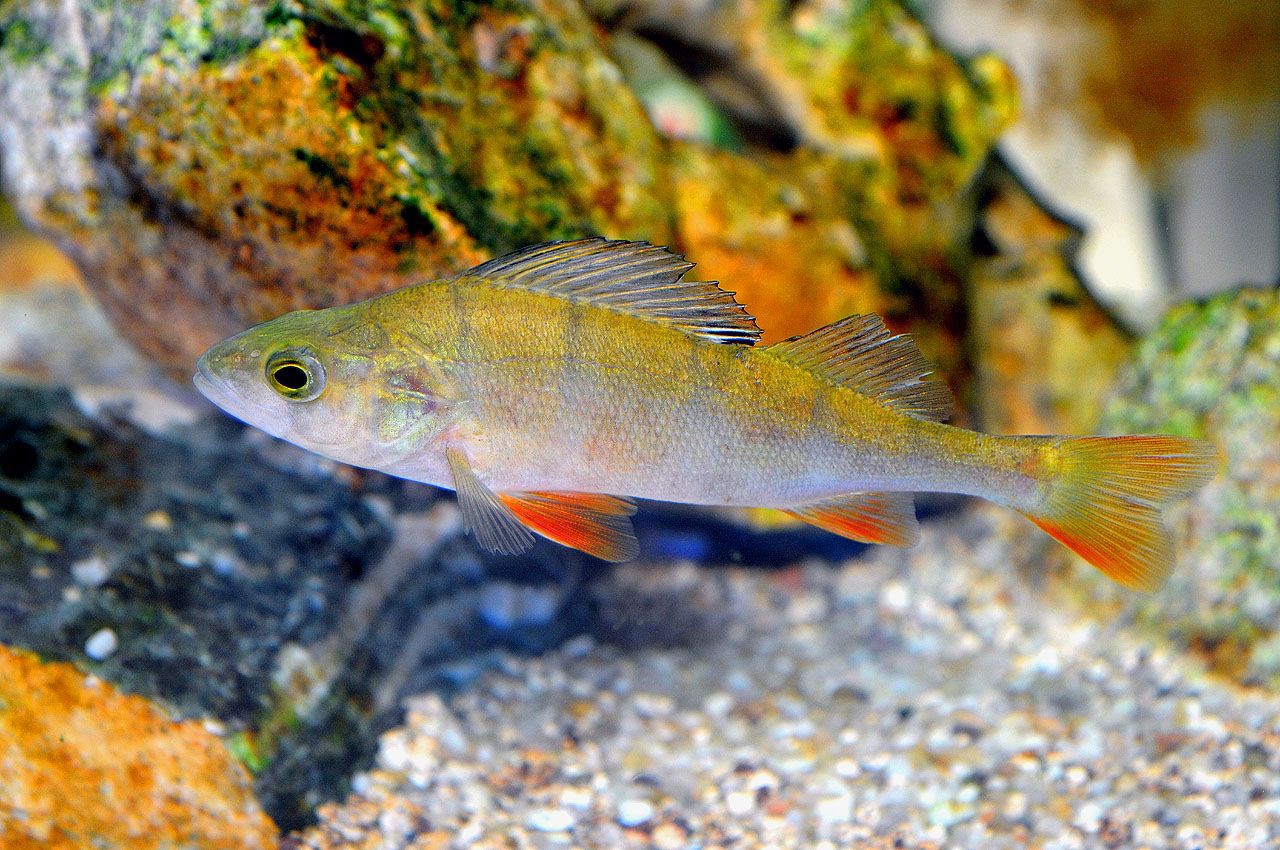

Introduction
Perca fluviatilis, commonly known as european perch, is a fresh water fish from the Europe.
This sheet is currently being prepared. The texts currently proposed come from our data model or are being drafted. To request priority for this content, you can write to us HERE.
Who is it?
Morphology
-
Average size12 cm
-
Maximum size50 cm
-
Longevity20 year
-
Patternvertical stripes
-
Average size12 cm
-
Maximum size50 cm
-
Longevity20 year
-
Patternvertical stripes
How to recognize This fish ?
The european perch measures between 12 and 50 cm. This fish is bicolore with a predominantly vert and noir body. The also has noir vertical stripes.
Behaviour & Life cycle
-
dietcarnivorous
-
Sociabilityliving in small groups
-
territorialNo
-
Way of livingdiurnal
The european perch hunts in the stalk and is one of the predators of its biotope. Opportunistic, it does not hesitate to attack any smaller animal nearby.
The european perch is a fish living in small groups naturally found at mid-depth and near the bottom. This species is carnivorous .
Although the european perch is non-territorial, it is sometimes aggressive towards other species.
Reproduction
-
Reproductionovipare qui pond sur substrat découvert
The european perch is a fish ovipare qui pond sur substrat découvert.
Harmless species
This species does not represent any particular threats to humans when encountered in its natural environment.
Origin and distribution
What is its habitat?
Natural environment characteristics
-
Temperature4 - 31 °C
-
pH (acidity)7 - 7.5
-
gh (hardness)8 - 12
-
FlowMedium, Slow and Stagnant
Biotope presentation
This species lives near large roots, in which it can find refuge in case of danger. This type of habitat is often found not far from the banks.
Species of the same biotope
To go further
Sources & Contributions
Participation & Validation
The Fishipedia team and specialist contributors are committed to providing high-quality content. However, although the information comes from scientific sources or testimonials from specialists, the cards may contain inaccuracies.

Anne-Cécile Monnier

Patrick Chartrer

Benoit Chartrer
Translation
Translation done with the valuable contribution of our translators, who make this information available to a wider audience. We sincerely thank them for their commitment.
In collaboration with : Reflets d'eau douce
Bibliographic references
Les Poissons d'eau douce de France - Eric Feunteun - Jean Allardi - Philippe Keith - Biotope Edition - 2011. Collection Inventaires & Biodiversité, publication scientifique du Muséum
